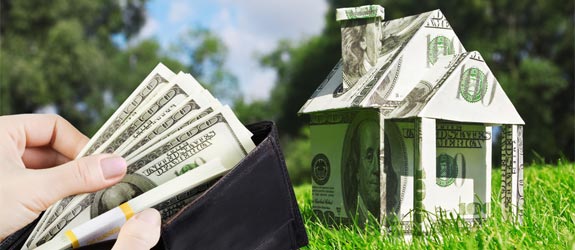This spring, home buying is off and running. Unfortunately, prices are being driven up faster than in the recent past. These statistics make people mistakenly believe the real estate market is in a bubble.
Price increases are common during times of high demand and low supply. When examining the numbers, inventory is increasing, but the rate is slower than sales. This means supply is tight.
Since December, supply has been under five months, which is a few months below equilibrium. During times of equilibrium, prices rise approximately 4 percent. According to The National Association of Realtors, March 2015 saw median home prices average $212,000. This was an 8 percent increase from last year.
The housing bubble peaked between 2003 and 2005. At that point, supply and price ratios were similar to the present market. However, there are important differences that prove price increases will remain steady.
Although prices increased in 2012 and 2013, the market corrected itself for severe price declines of other years. In 2014, appreciation levels moderated. Also, median prices grew less than 8 percent over the last three years. During the bubble, prices grew 10 percent.
In the present, the current rent and income ratios are close to the numbers of the mid-1990s. During the bubble, ratios were 35 percent higher. Also, the bubble was affected by quick expansion in mortgage financing. This is not the case for 2015.
Thankfully, the current high prices are only expected to continue until first-time buyers return to the market. Down the road, the high prices will encourage more listings and higher levels of construction. These changes will end the problem with supply.

